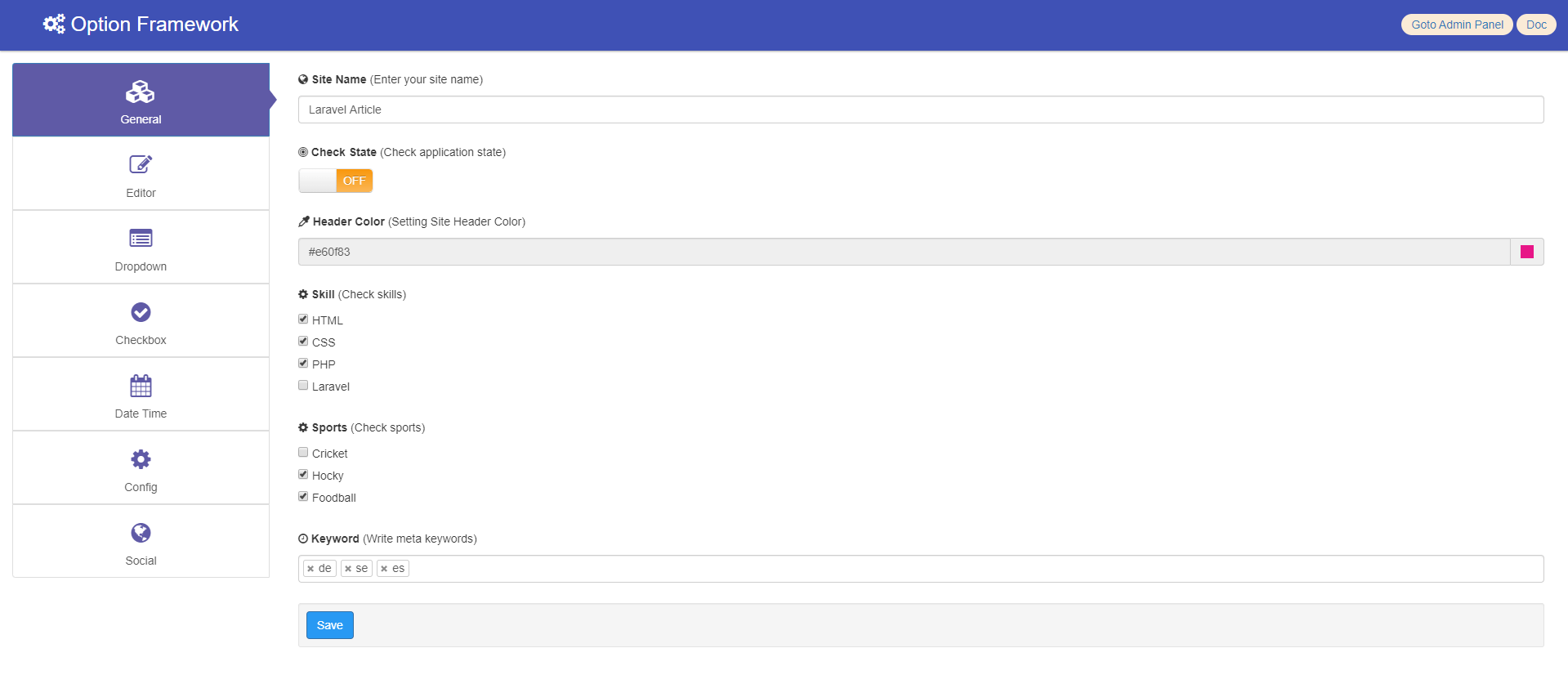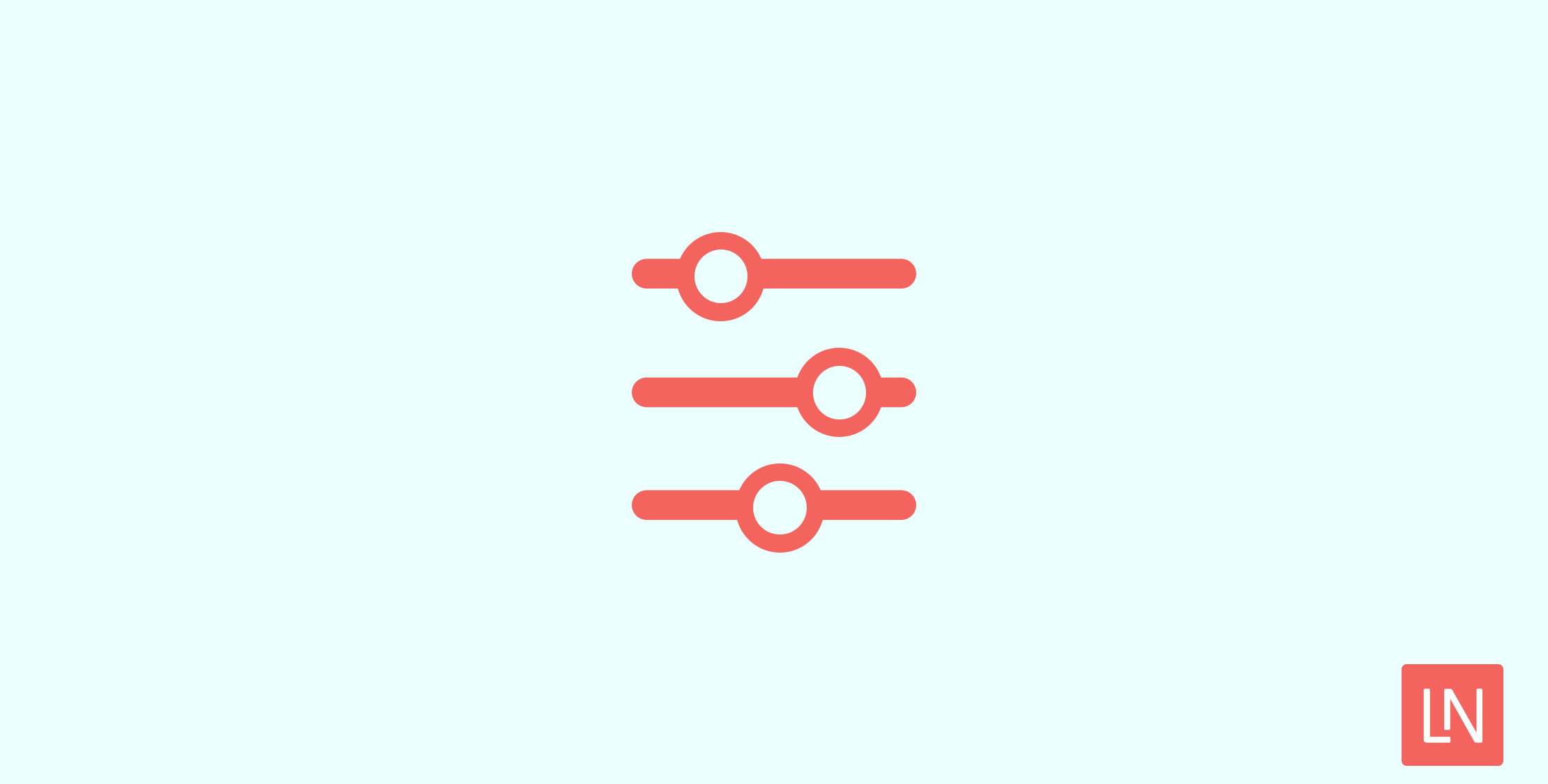The Laravel Option Framework by @haruncpi helps you “manage your Laravel application’s dynamic settings in one place with various supported input types.”
Here’s an example screenshot provided from the project’s readme:

It’s main features include:
- Clean & fresh responsive UI
- Configurable route
- Configurable middleware
- Build-in Option UI
- Various option type support
- Laravel validation rules support
- and more
It works by defining a config/options.php file, that might look similar to the following example from the README:
return [ [ "id" => "general", "label" => "General", "icon" => "fa-cubes", "fields" => [ [ "type" => "text", "id" => "site_name", "label" => "Site Name", "description" => "Enter your site name", "icon" => "fa-globe", "validation" => 'required|min:10' ], [ "type" => "text", "id" => "site_slogan", "label" => "Site Slogan", "description" => "Enter site slogan", "validation" => 'required' ], [ "type" => "timepicker", "id" => "backup_time", "label" => "Backup Time", "description" => "Set db backup time", "validation" => 'required' ] ] ], [ "id" => "social", "label" => "Social", "icon" => "fa-globe", "fields" => [ /* ... */ ] ]];To retrieve an option in your code, you use the getOption() helper:
getOption('backup_time');At the time of writing this package supports the following field types:
- text
- textarea
- switcher
- editor
- colorpicker
- datepicker
- timepicker
- datetimepicker
- dropdown
- autocomplete
- radio
- tag
- multicheck
- icon
You can learn more about this package, get full installation instructions, and view the source code on GitHub at laravel-option-framework.










